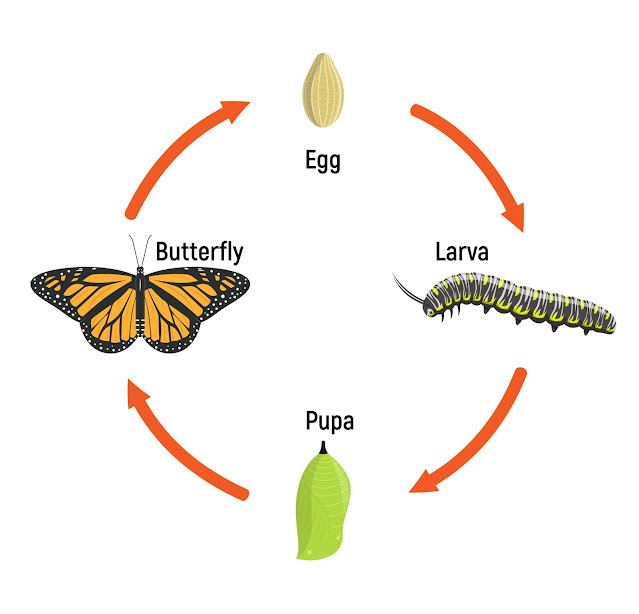Reproduction in Animals
1. Modes of Reproduction
Animals reproduce using two main modes:
- Sexual Reproduction
- Asexual Reproduction
1.1 Sexual Reproduction
Sexual reproduction involves the fusion of male and female gametes (sperms and eggs). This process creates genetic diversity as offspring inherit traits from both parents. The male and female reproductive systems are distinct, and fertilization can occur either internally or externally.
Male Reproductive System
The male reproductive organs include:
- Testes: Produces sperm.
- Sperm Ducts: Transport sperm.
- Penis: Used to deliver sperm during reproduction.
A sperm consists of a head, middle piece, and tail, which helps it move towards the egg during fertilization.
Female Reproductive System
The female reproductive organs include:
- Ovaries: Produce eggs (ova).
- Oviducts (Fallopian Tubes): Transport eggs from the ovaries to the uterus.
- Uterus: Where the fertilized egg develops into a baby.
A single egg is released from the ovaries every month in humans. Like sperm, the egg is a single cell
1.2 Fertilization
Fertilization is the fusion of the sperm and egg, resulting in the formation of a zygote. Fertilization can occur in two ways:
- Internal Fertilization: Occurs inside the female's body. This is common in mammals, birds, and some reptiles.
- External Fertilization: Occurs outside the female's body, usually in water. It is common in fish and amphibians such as frogs.
1.3 Embryonic Development
Once fertilization occurs, the zygote begins to divide and develop into an embryo. In animals with internal fertilization, the embryo grows within the female's body, while in those with external fertilization, development occurs outside the body, often in an egg. As the embryo grows, it forms different organs and tissues, eventually developing into a foetus.
Viviparous and Oviparous Animals
- Viviparous Animals: Give birth to live young, such as humans, cows, and dogs.
- Oviparous Animals: Lay eggs, from which the young ones hatch later, such as hens, frogs, and butterflies.
1.4 Metamorphosis
Some animals, like frogs and butterflies, undergo metamorphosis, where their young look drastically different from their adult form. For instance, a frog starts as a tadpole and later transforms into an adult frog. This transformation involves significant changes in structure and function.
2. Asexual Reproduction
Asexual reproduction involves a single parent and results in offspring that are genetically identical to the parent. There are two common forms of asexual reproduction in animals:
2.1 Budding
This process is observed in organisms like hydra, where new individuals develop as buds from the parent. The buds grow and eventually detach to become independent organisms
2.2 Binary Fission
In amoeba, reproduction occurs through binary fission, where the organism splits into two new individuals after dividing its nucleus. This method ensures rapid population growth but does not generate genetic diversity.
3. Cloning: An Extension of Asexual Reproduction
Cloning is a specialized form of asexual reproduction where an identical copy of an organism is created. The first successful cloning of a mammal was Dolly the sheep in 1996, achieved by replacing the nucleus of an egg cell with the nucleus from a donor cell. Cloning raises various ethical and biological concerns, as many cloned animals tend to suffer from genetic abnormalities.
4. Significance of Reproduction
Reproduction is essential for the survival of species, ensuring that genetic material is passed on to future generations. Both sexual and asexual reproduction have their advantages:
- Sexual Reproduction promotes genetic variation, which is crucial for evolution and adaptation.
- Asexual Reproduction allows for rapid population growth, especially in stable environments where genetic diversity is less important.
Reproduction is a vital process for the continuation of life. Through different modes of reproduction—sexual or asexual—animals ensure that they pass their genetic information to the next generation. Whether it's the nurturing of live offspring in viviparous animals or the rapid proliferation of species through asexual means, reproduction is fundamental to the resilience and survival of species on Earth.





